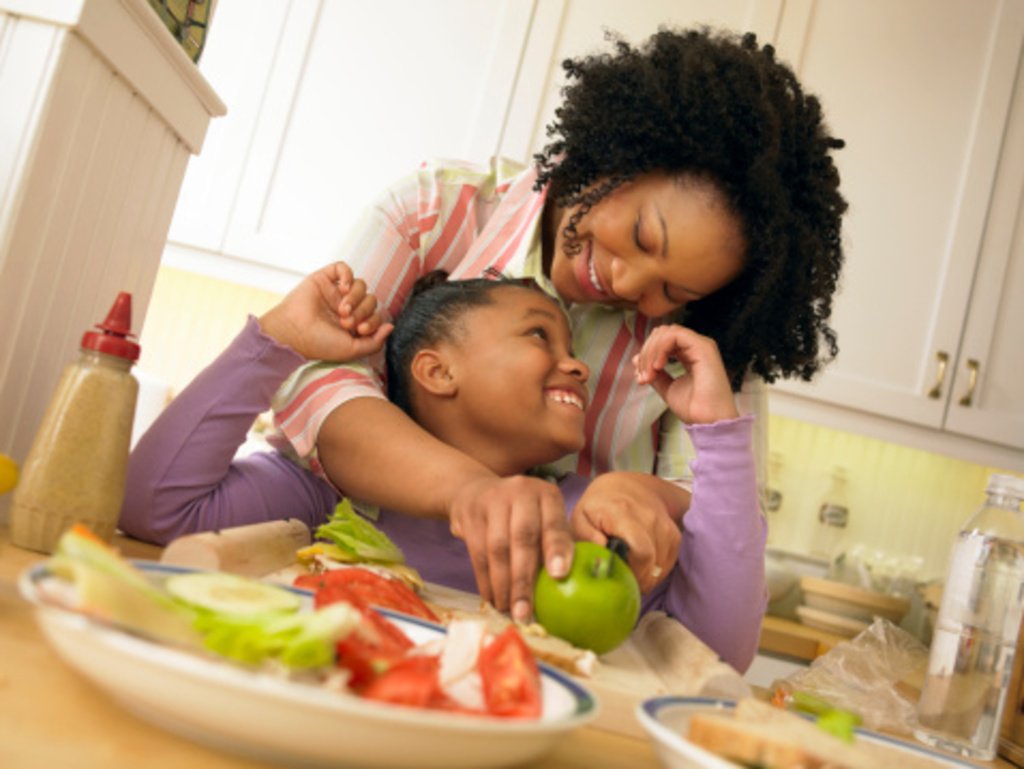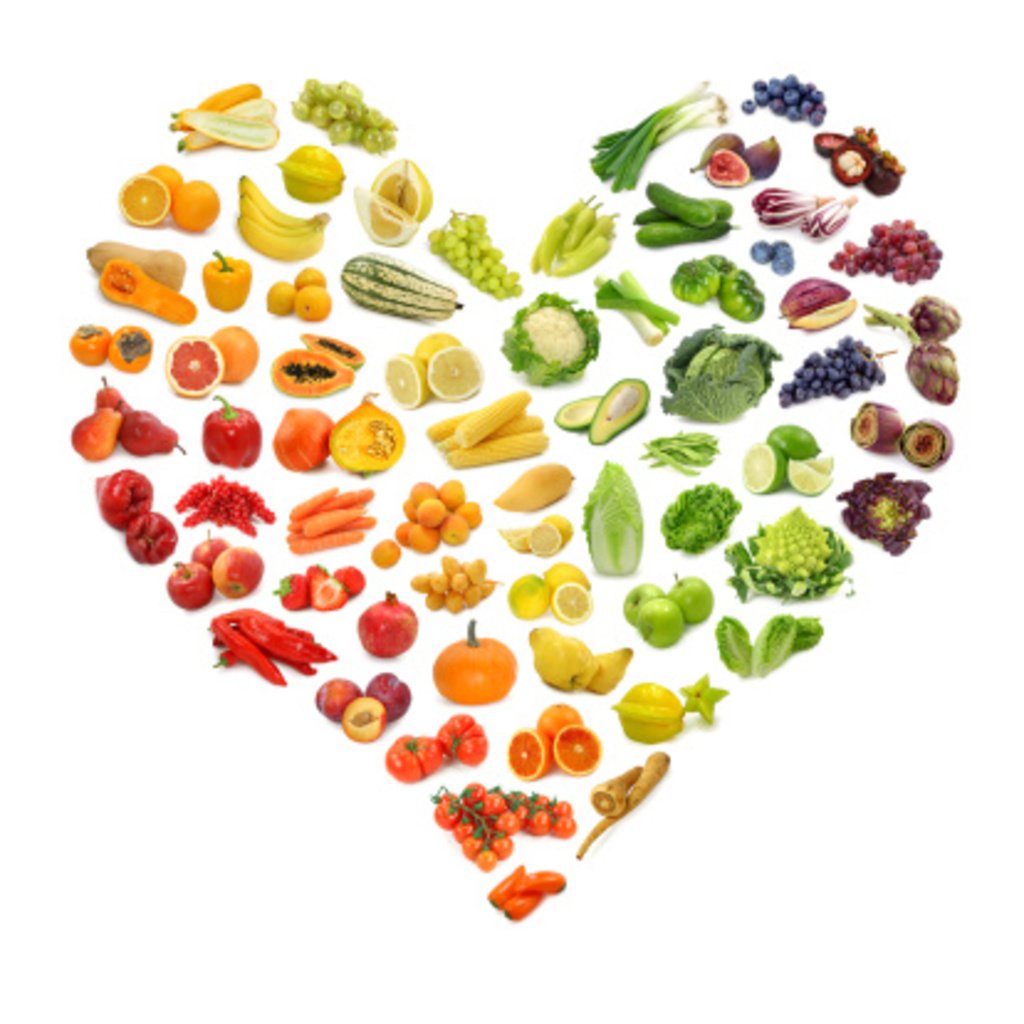Don’t take orders from a cookie!
Have you heard that phrase? How about this one:
A moment on the lips, forever on the hips.
I can see some of you rolling your eyes right now, but even without these dated phrases about the things we eat, we are constantly regaled with images of “good” and “bad” food. At every gym you can hear people speaking of “eating clean” and going on whatever new fad is the amazing wonder-diet and it’s-so-totally-scientifically-proven-to-be-the-natural-way-we-eat-you’ll-lose-tons-of-weight! It’s like any new diet that comes out, low carb, paleo, south beach (you know them all by now), creates an entire list of what is good to eat and what is bad to eat.
In disordered eating land, we call the list of good foods “safe” and everything else as bad. Many similarities, just maybe not as extreme, no?
A few weeks ago I had the pleasure of attending a Conscious Living Book Club hosted by Denver psychotherapist Mary Bernuth, where different guest speakers discuss a new book each month. This past month’s book was Eating in the Light of the Moon by Anita Johnston, and the guest speaker was Kate Daigle.
Daigle is a counselor for those who live with eating disorders. At the Book Club, she mentioned something that really hit me: There are no good foods and bad foods.
For Daigle, the thought process of “good-food-bad-food” emerged when she herself was struggling with an eating disorder, one of the many reasons she was inspired to go into counseling.

Your relationship with food is shaped by many things– one of which is your perception of what is “good” and bad”
“I was restricting a lot when I was really young, about 14,” she says. “It started being that I can’t eat carbs, and can only eat vegetables and fruit. I had gotten into a mindset that I needed to look a certain way and that certain foods were ‘bad’ because they’d make me fat.”
“Good” and “bad” foods are a result of black and white thinking, which is a thought process where only two choices are imposed on the self (or others), and in this mindset there are no grey areas. This kind of thinking around food can lead to feelings of deprivation, says Daigle.
This can also lead to using food as reward and punishment. Neither of these relationships with food are very healthy, and both can lead to feeling depressed, deprived and resentful towards the things you eat.
For Daigle, the restriction of bad foods eventually led to a transition into bulimia where she would then binge eat on them.
“In my recovery, some of the foods I binged on, I liked a lot and I wanted to continue eating them,” she says. “All or nothing thinking is eating disordered; Recovery is in the grey area, in the middle of those.”
Breaking away from black and white thinking made her mindset a lot more flexible. And as a result, the anxiety, stress, and deprived feelings around food lessened.
When we talk about deprivation, there’s two components to this, says Daigle. There’s a biological component, where your body begins to crave the things it’s not given. Deprive yourself of carbs for long enough, and your body may eventually swing into overdrive and you’ll eat every carb in sight. There’s also an emotional component, the part of your brain that tells you, “Be in control. Don’t take orders from a cookie. I cannot eat (fill in the blank).”
“It becomes exhausting and it’s not sustainable,” she says. “There’s an emotional experience underneath that feels out of control. You try to control it with food, but it doesn’t work because you’re not meeting that need or looking at what the emotions are.”
 She says that there are some foods that have more nutritional value than other foods, of course. It doesn’t make less nutritional foods bad, but it means they can be eaten in moderation. However, the idea of healthy and unhealthy, she says, can get to that place of black and white thinking. The grey area, the flexibility to say “this cupcake is okay” and not have it ruin your life or your day or make you feel guilty, that’s where the healthy relationship with food lies.
She says that there are some foods that have more nutritional value than other foods, of course. It doesn’t make less nutritional foods bad, but it means they can be eaten in moderation. However, the idea of healthy and unhealthy, she says, can get to that place of black and white thinking. The grey area, the flexibility to say “this cupcake is okay” and not have it ruin your life or your day or make you feel guilty, that’s where the healthy relationship with food lies.
“It’s not just about nutritional content, but how you eat it,” Daigle says.
Do you have issues with black and white thinking? Daigle says identifying what the thought process centers around in what areas of your life is the first step in breaking free from it. Maybe it’s about more than food. It’s important to notice how it works, she says, and how it keeps you limited in your ability to function somehow, or how it keeps your life rigid.
The next step, she says, “is to think about what it might be like to inch one stop closer to a grey area. It could be scary because it means letting go of some control a little bit, but also allowing more flexibility into your life.”
Moderation seems to be the magic word, here. Because “healthy” means more than what you eat. Healthy means how you feel. If you’re feeling horrible for every step outside the black and white line, that’s not healthy and it doesn’t contribute to overall happiness. By inching closer to a grey area in between the black and white thinking, it’s possible to reclaim a healthy relationship with food.
 Elle Groves is a freelance reporter, writer and blogger bent on deconstructing diet culture and keeping her life full of food, fitness, family and friends. She is currently writing a novel that spans the rise and fall of a girl’s struggle with eating disorders and her DIY-recovery. You can follow her on Twitter @ellegrows or contact her at elle@dev-303magazine.pantheonsite.io
Elle Groves is a freelance reporter, writer and blogger bent on deconstructing diet culture and keeping her life full of food, fitness, family and friends. She is currently writing a novel that spans the rise and fall of a girl’s struggle with eating disorders and her DIY-recovery. You can follow her on Twitter @ellegrows or contact her at elle@dev-303magazine.pantheonsite.io


